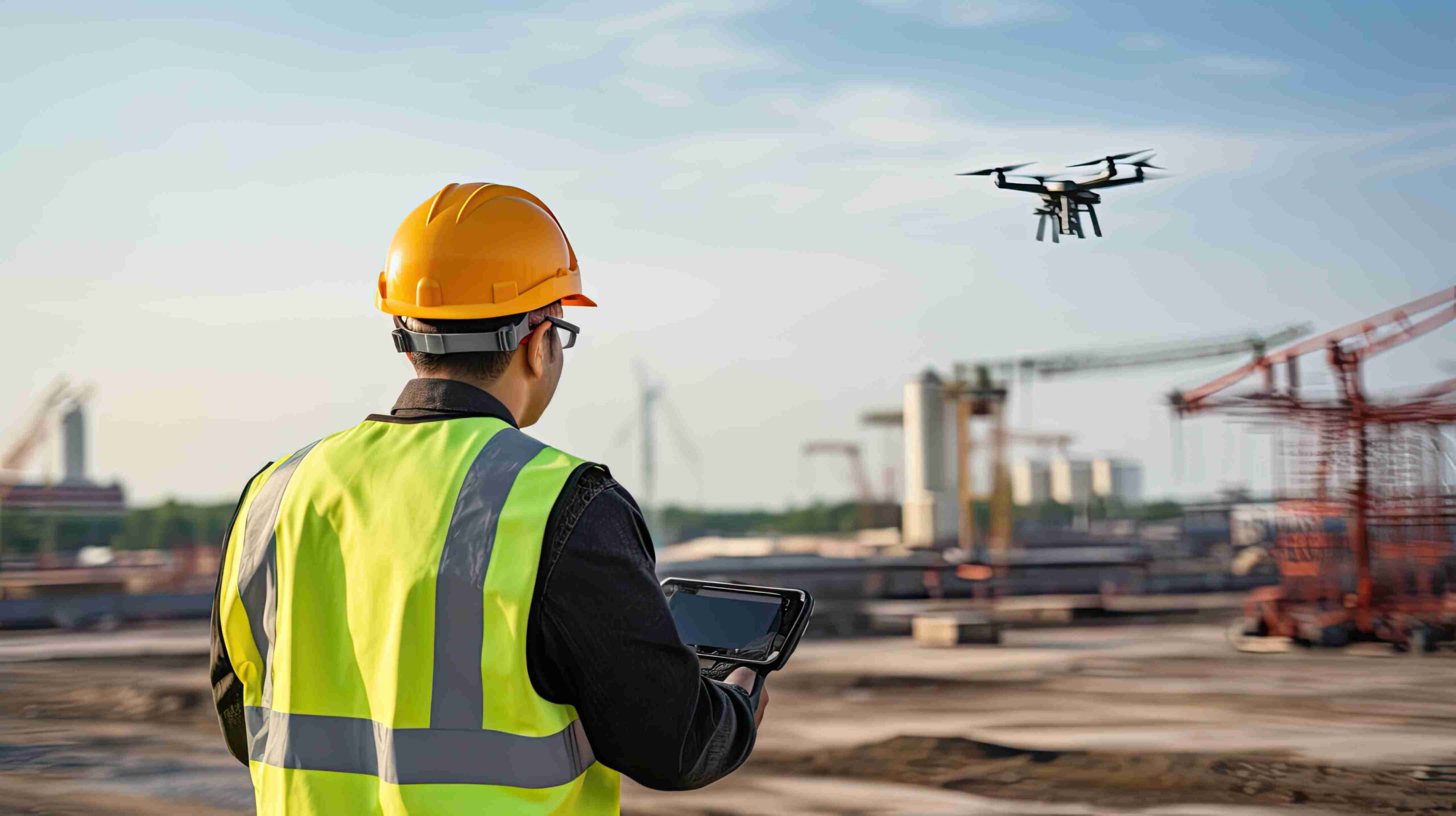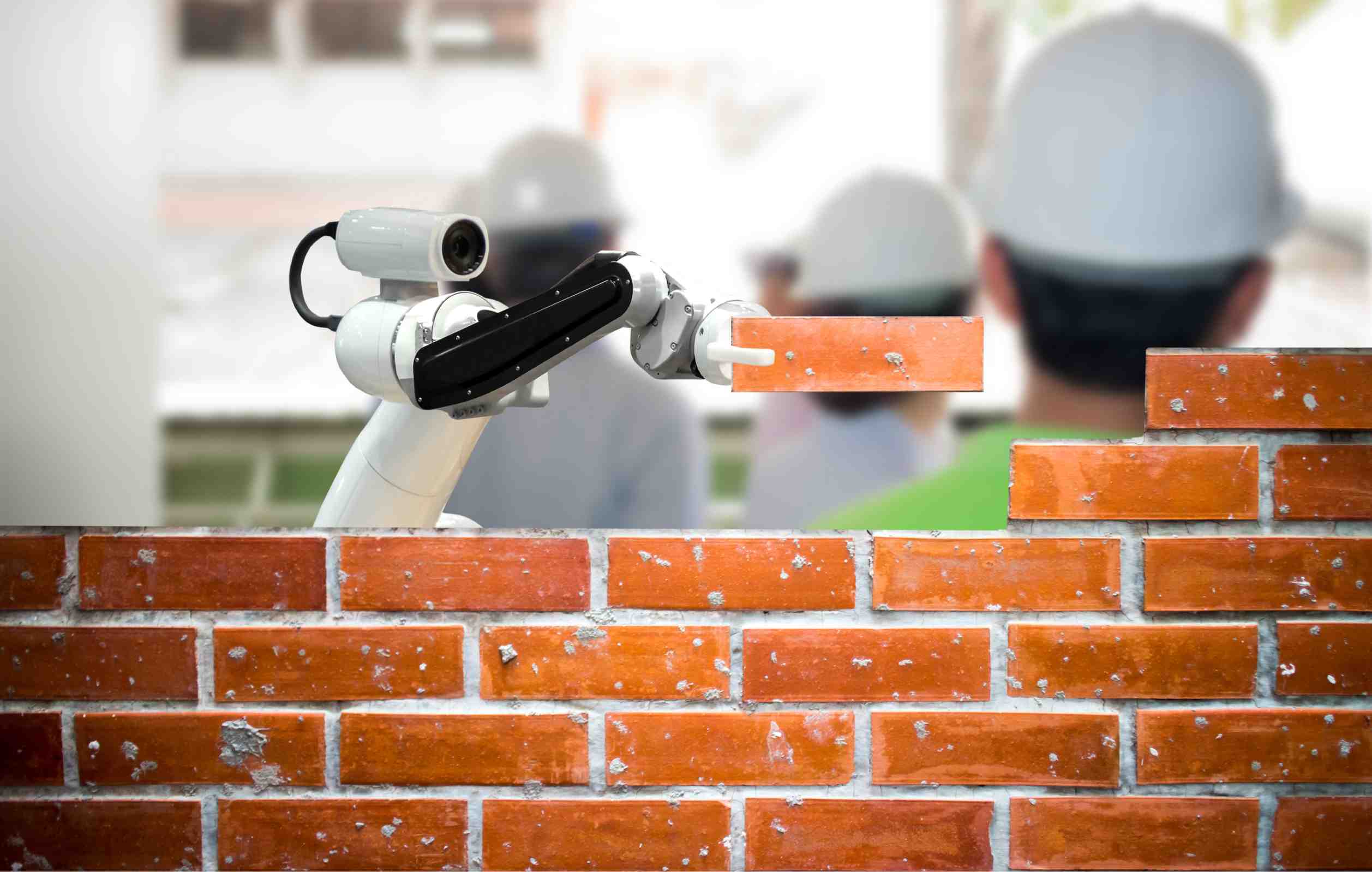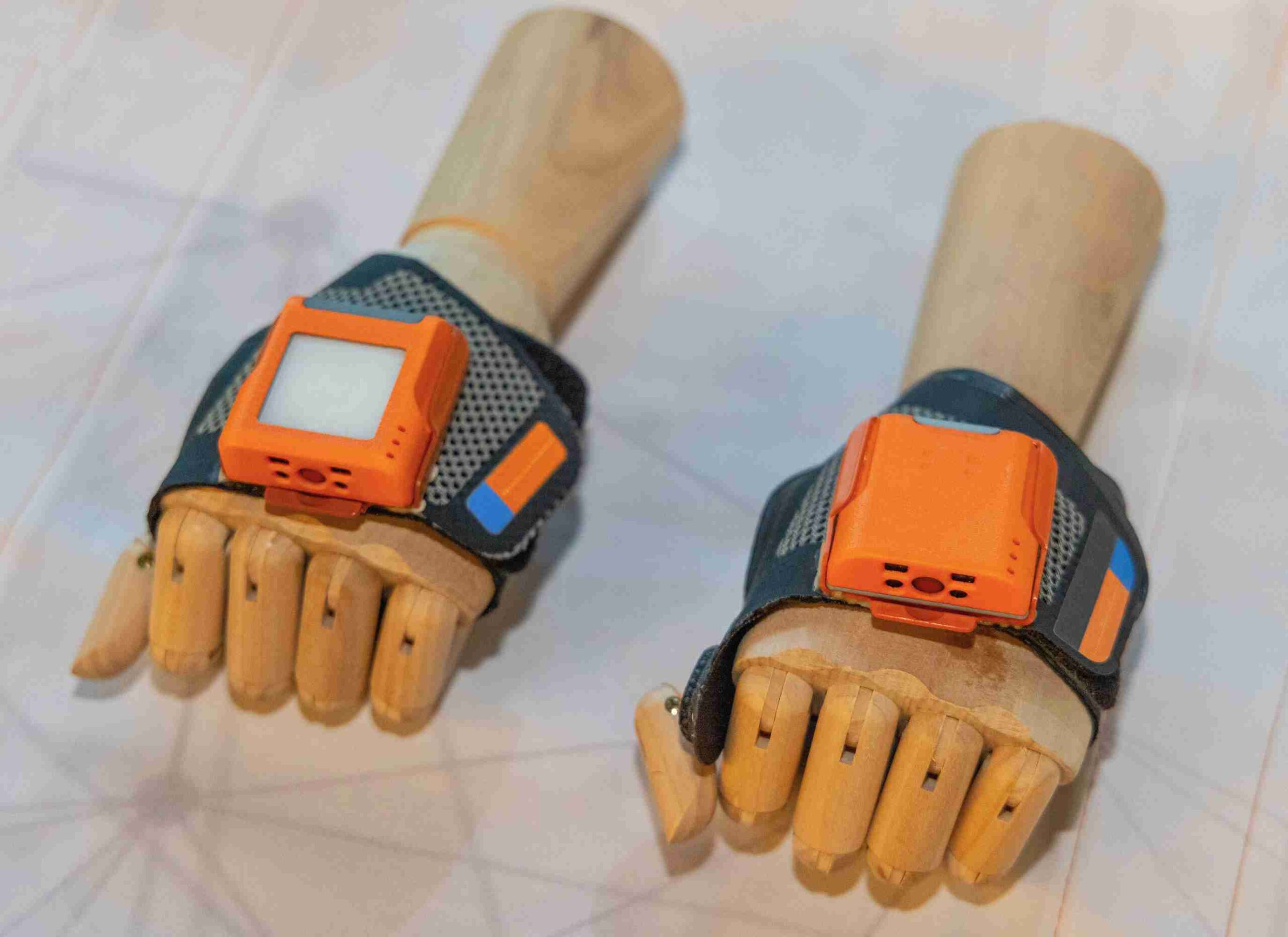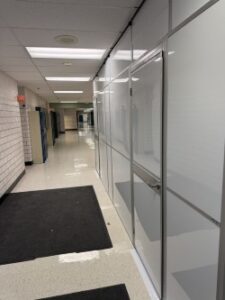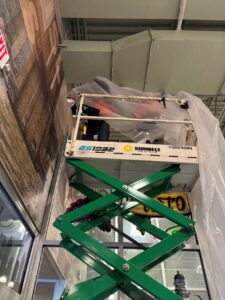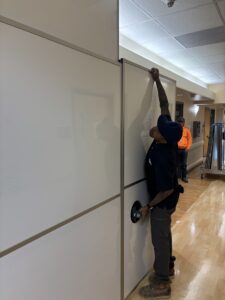The Future of Sustainable Construction in 2024
A new year has begun. 2024 is gearing up for the future of sustainable construction. With new innovations that continue to rise, the construction industry enters into a transformative change.
Temporary Wall Systems (TWS), a company that is dedicated to helping reshape the construction industry, showcases sustainable construction trends for 2024. In this article, we’ll discuss each trend and how it would contribute to a greener and sustainable future. Lastly, discover the popular sustainable construction materials designed to reduce carbon footprint.
Sustainable Construction Trends in 2024
Here are the top trends shaping the construction industry for a sustainable future in 2024.
Rise of New Technology
The construction landscape will be evolving in 2024 with the integration of cutting-edge technologies. These technologies will be crucial for boosting productivity, reducing labor expenses, enabling real-time monitoring, data collection, and intelligent management of construction sites. The main focus is on enhancing safety and efficiency.
Here are some new tech innovations to look out for:
- Safety Drones – Companies now have access to drones to check work sites, particularly in challenging locations, to ensure safety. Drones are also valuable for mapping out the site and improving security. They can capture high-resolution images and produce accurate topographical maps of the construction area.

- Construction Robots – Robots are rising in the construction sector, taking on tasks like 3D printing and rebar tying to handle repetitive and strenuous work. In 2024, construction companies are placing a greater emphasis on safety, signaling an anticipated surge in the presence of robots at job sites.

- Wearable Sensors for Safety – Wearable sensors on construction sites can avoid accidents using GPS and biometric tracking. These clever sensors can be attached to a worker’s personal protective equipment (PPE) to monitor slips and falls, alert workers to dangers, and identify issues like noise, dust, temperature, and hazardous substances.

Connected Construction Sites
Expect construction sites to become more interconnected in the upcoming year, thanks to technologies like wireless and digital communication systems. Implementing connected construction site technology enables a network of workers, equipment, vehicles, and devices to communicate with each other and the organization in real-time. This enhanced connectivity facilitates better communication about potential hazards, more accurate planning and coordination, error reduction, and increased overall productivity.
Connected construction sites may adapt technologies like:
- Asset Tracking
- Synced Time Clocks
- Augmented and Virtual Reality
- Computer Vision
- Real-time Data Analytics
- Predictive Maintenance
- Hazard prevention through tracking
- Real-time site monitoring
Prioritizing “Sustainability”
Construction companies prioritizing sustainability in their projects positively impact the environment and the economy. They achieve this by avoiding unnecessary waste or excessive use of resources.
The drive for sustainable construction is expected to move forward and strengthen in 2024. Consumer demand for eco-friendly projects will rise, and government environmental regulations will likely become more stringent. While sustainable construction incurs higher initial costs for construction companies, ongoing industry innovations are expected to make cleaner equipment and lower-carbon building practices more accessible and affordable.
Here are some sustainable construction innovations and initiatives for 2024 below:
Net-Zero Energy Projects
Net-Zero focuses on reducing greenhouse gas emissions associated with resource consumption, aiming to minimize them across different resource types, including energy, water, and waste.
Here are examples of Net-Zero Energy projects:
- Wayne Aspinall Federal Building & U.S. Courthouse
- Phipps Center for Sustainable Landscapes
- Walgreens
Embracing Renewable Energy
The construction sector contributes 40% of the world’s carbon dioxide emissions and uses 30% of global energy. To address this issue, construction firms are incorporating renewable energy technologies such as passive building methods and solar, wind, and geothermal energy systems. It’s crucial to manage resources efficiently and adopt sustainable construction methods to lessen the environmental impact of projects while preserving their economic importance.
Environmental-Friendly Materials
Companies are likely to increase the use of greener materials in 2024. Here are some of them below:
- Bamboo
- Recycled Concrete
- Steel as a Sustainable Construction Material
- Reclaimed or Salvaged Wood
- Rammed Earth
Initiatives for Workforce Growth
Workforce development will be focused with a renewed focus on vocational training, apprenticeships, and strategies for acquiring and retaining talent in the construction sector. The goal is to invest in skilled labor, gearing up for the imminent digital changes.
Offsite Building Methods
Offsite construction is a building method that involves completing a significant portion of construction work away from the actual site, usually in a controlled factory environment. The final structures are then transported and set up on the construction site. This method is known for being more sustainable, less risky for workers, faster, more efficient, and cost-effective. In 2024, more companies are likely to adopt offsite construction due to these beneficial features.
Here are product examples of offsite building:
- Modular Homes – “Box” or “modular homes” are offsite constructions where smaller modules are built at an offsite factory. These modules are then transported to the homeowner’s property for assembly. Despite the basic terminology, these homes are popular due to their appealing aesthetics.
- Modular Offices – Modular offices are a form of commercial or industrial office spaces that are pre-made offsite and designed to be temporary or semi-permanent. Modular offices are eco-friendly and use a temporary modular wall system. Installing them is quick and easy, especially in an existing warehouse or manufacturing facility.
- 3-D Printing – 3-D Printing, or additive manufacturing, is another offsite construction method that can occur on-site or in a factory. In construction, a digital file guides a robot in “printing” a building layer by layer. Construction materials like concrete, cement, plastic, mud, rice waste, sand, metal, and stone are employed in 3D Printing. The increasing popularity of 3D Printing in construction is attributed to its speedy, sustainable, and convenient nature.
Digital Tools for Data-Driven Decision-Making
Companies embrace digital tools and processes as part of their transformation, creating opportunities for data-driven decisions. The application of data analytics and insights will enhance project management, reduce risks, and improve overall efficiency in construction, establishing a foundation for a data-centric strategy in 2024.
How Temporary Wall Systems Drives Sustainability
Being Reuseable
Removing Drywall and Lumber Construction Waste
Providing Better Working Environments with Dust Containment
Conclusion
2024 marks a new era in sustainable construction, with innovative trends and practices reshaping the industry’s landscape. Exploring the integration of cutting-edge technologies, such as safety drones, construction robots, and wearable sensors, the construction sector is poised for enhanced safety and efficiency in 2024.
Moreover, the rise of connected construction sites, prioritization of sustainability, and the embracing of digital tools for data-driven decisions indicate a transformative shift in the industry. From offsite construction methods like modular homes and offices to the revolutionary potential of 3D Printing, the construction sector adopts eco-friendly practices, materials, and workforce development initiatives.
As we embark on sustainable construction, 2024 becomes a pivotal year, laying the foundation for a future where environmental responsibility and economic viability go hand in hand.
